In 1908, John Campbell and his wife Olive Dame packed their belongings in a covered wagon (the RV of their time) and began a road trip that would change a multitude of lives. They were on a fact-finding mission to increase the quality of life of the mountain people in Appalachia, but in order to do that they first had to earn their trust. As they traveled the south, from West Virginia to Georgia, John took surveys about farming methods and agricultural practices. Olive recorded a book full of the ballads as well as the handicrafts made by each family. It was an enlightening trip which was designed to find a way to educate the mountain people without losing their customs and culture; a humanitarian mission.
Tucked into the hills and valleys, the people were rich with the art, music, and literature of the Appalachians. A mixture of old-world customs brought from Scotland, Ireland and other European countries, and their own adaptations to the new world in which they lived. However, along with the richness of cultural heritage, they also lived in deep poverty with little to show for their hard work.
There had to be a way to both preserve their ways and instruct in new ones that could benefit the community. After John’s death, Olive continued their work with the idea of a folk school, modeled after the ones in Denmark. This plan took root in the Brasstown community when over 200 people showed up to donate time and resources to build such a school. The community involvement resulted in the John C. Campbell Folk School opening in 1925.
Since that time, the folk school has been operating and teaching Appalachian traditions to people who come from all over the world. It is steeped in the community which surrounds it in the mountains of NC. Of course, I had heard of the school for years. The school’s reputation of putting out high quality art wasn’t lost on my mom, who was an avid collector of artisan craftsmanship. But knowing about it and participating in classes there are two different things entirely.
Last week, my sister and I, took a clay class in botanical slab building that Santa gifted to us last Christmas. My first step onto campus made me feel like I was back at summer camp. We met strangers from all over the country who, like us, were taking classes to learn amazing crafts. We had an orientation to the history of the school, which I knew nothing about until now. We had family style meals in the dining hall where we conversed with others, some who come to the school every year and others who had never been before. We sang camp songs before dinner and had concerts afterwards. The food, three BIG meals a day, was harvested from the gardens or locally sourced items. It was all quite delicious…much better than summer camp food! But still, the nostalgic feeling of summer camp hung in the air. Being a camp girl from ages 6 to 16, I felt right at home.





Our lodging was comfortable with real mattresses and air conditioning (unlike summer camp haha ) and had a rustic charm. The century-old hardwood floors in the Mill House were warm and creaky. The wooden walls and ceilings felt as if we were in an old storybook about an enchanted land. Knowing the people of the town pitched in to build these buildings gave them a sense of history. Rocks from a farmer’s field turned into fireplaces, the handmade hinges on the doors and light fixtures were created in the blacksmith shop. Pottery lamps shed light onto hand-built dressers. Such a lovingly fashioned space felt like a hug from the past makers, welcoming us into their world.
The modern studios were housed in buildings with tin roofs and native plants growing all around. Being surrounded by nature was inspiring in and of itself…a creative spark, just outside every door. The environment was a time capsule which transported us to a historical place where the old ways were celebrated. Chairmakers sat on their porch all hours of the day and night on what looked like wooden rowing machines, to strip the wood off of spindles with planes. Blacksmiths worked all week hammering away to make beautiful tools. The metal workers tink, tink, tinking sounded like Santa’s workshop. The woodcarvers developed and carved intricate designs on wooden items such as spoons. The enameling class made jewelry and other gorgeous items with colorful glass. The magical quilters made maps out of scraps which came to life and told stories of special places. On and on it goes. So many classes. So many beginners learning new things. So many advanced craftspeople all learning from one another. Everyone welcome. Everyone included. Everyone creating. So many beautiful pieces of art. So many stories. Each class with a richness of history woven into the making.
For our class, we wandered through the forests, gardens, and trails picking plants to memorialize in clay. We learned how to make slabs and imprint the plants into the clay to create a mold. There were 10 people in our class from all walks of life. We had three sets of sisters in our studio, so it was like a family right from the beginning. Our one male participant was a meticulous note taker, writing down every word our instructor spoke. His tools were lined up in a precise row on his work station, which prompted us to ask what his former line of work was. (My guess was an engineer.) He was a surgeon. Ah…made perfect sense. Others of us were not as detailed. Some couldn’t find their tools once the work got going. Some had never touched clay before, and others of us had been potters for a couple of years. All beginners to slab building.
Our teacher, Ros, knew her stuff. She was patient and kind. She taught and retaught as needed. She adjusted the kiln schedule as we went. The process of pottery takes much longer than a week, so to fit all we did into the days we had available took some finesse. She was calm and flexible at the same time. Working with so many different personalities, and creative styles took some patience and some expert teaching skills. Her assistant, Paula, was also great. To think they had just met was surprising because they just fit smoothly as if they had been doing this for years together.
Working 8 or more hours a day, for a week, building mugs was exhausting in the best kind of way. Our backs ached from leaning over our work. Our legs ached from standing on concrete floors. Each afternoon, we went back to our room before dinner and took a rest to revive, so we could go back after dinner and work some more. I’ve never had this much time set aside to do something I loved so much. Such a mental health shot in the arm. Working in a group allowed us to be inspired by others in our studio. We laughed together and learned from each other’s mistakes as well as our own. With each mistake made, the next item created got better. From the beginning of the week to the end you could see the growth in our skill levels. Our confidence grew. By the end of the week, at the showcase of all the classes’ work, we were pretty proud of our accomplishments.





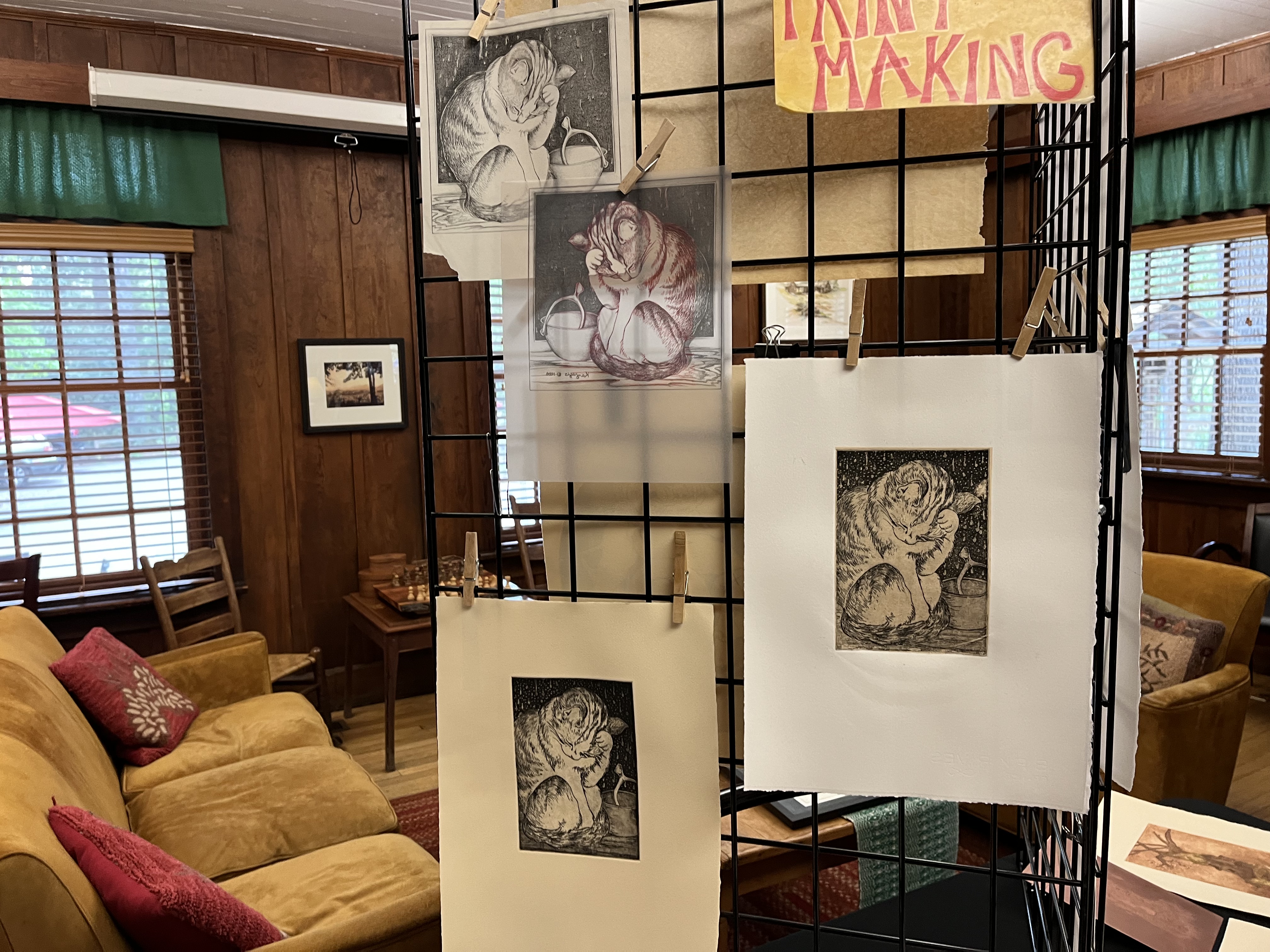



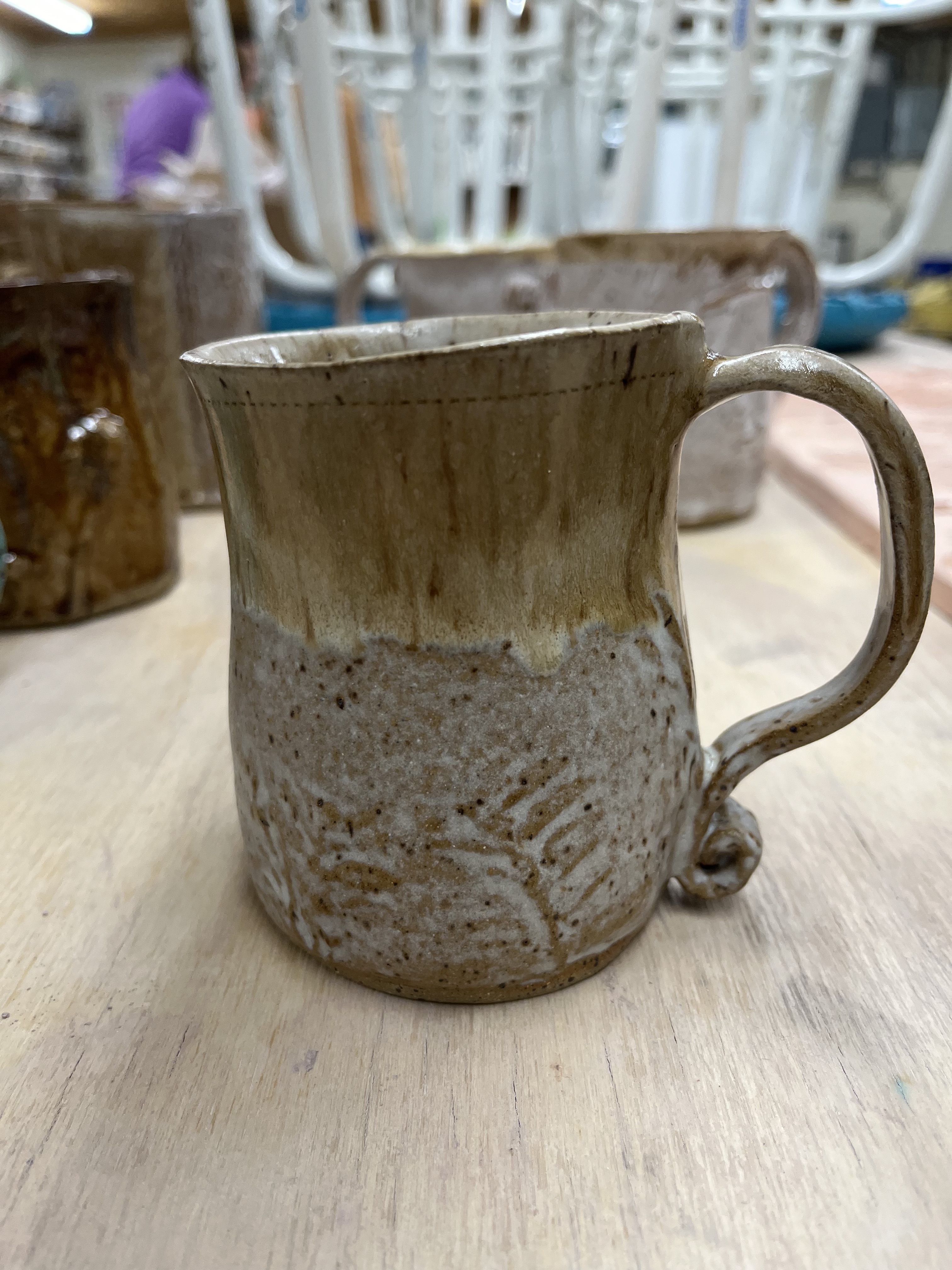


The list of classes is endless. There is something for everyone. Their catalog is 82 pages long! No way for me to name all the classes in this blog, so you’ll have to go to folkschool.org to check them out in the online catalog. It’s summer camp for grown-ups and that makes me so happy that we’re going back in May for a weekend class on how to Raku fire pots. You should come too!



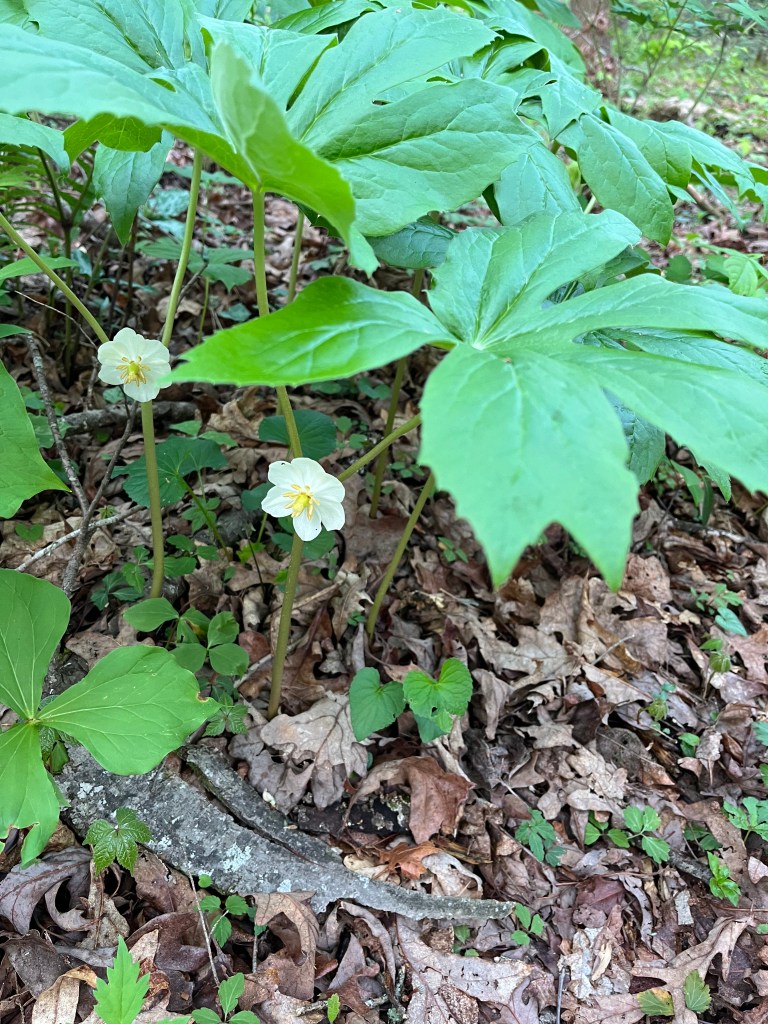





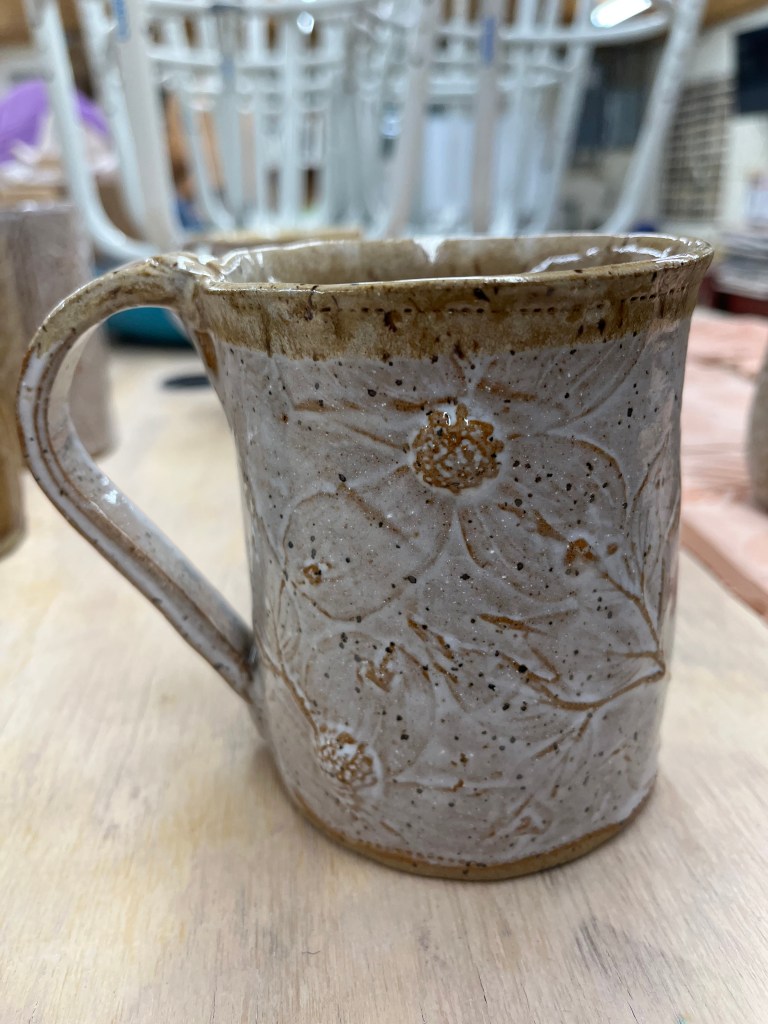
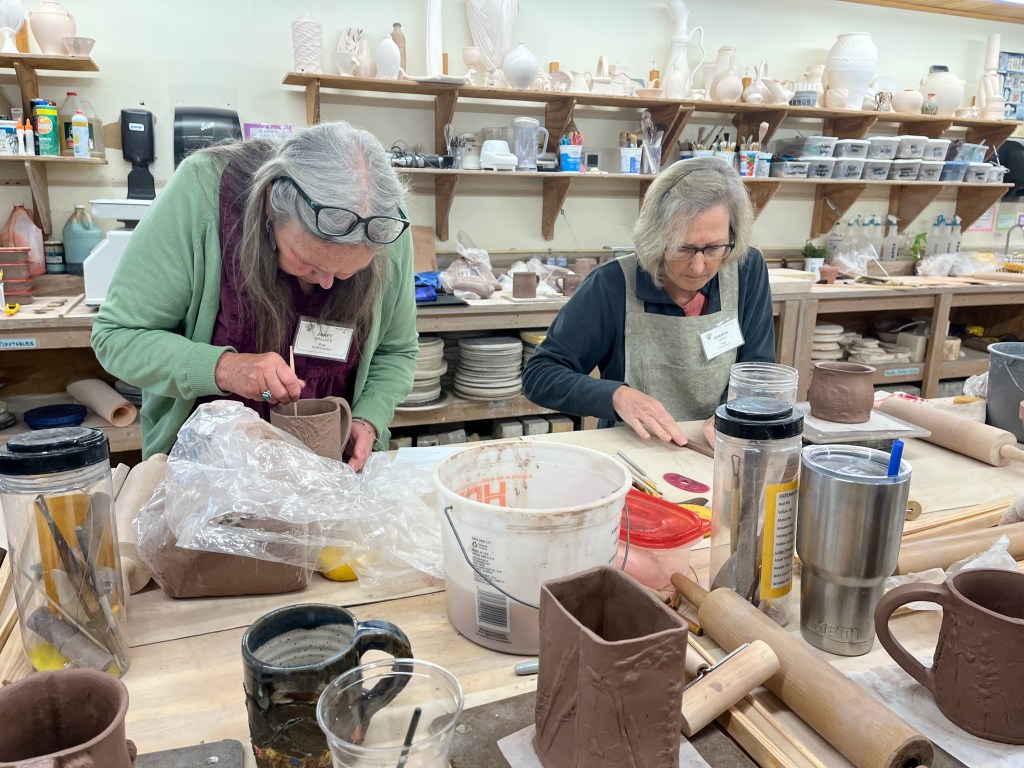



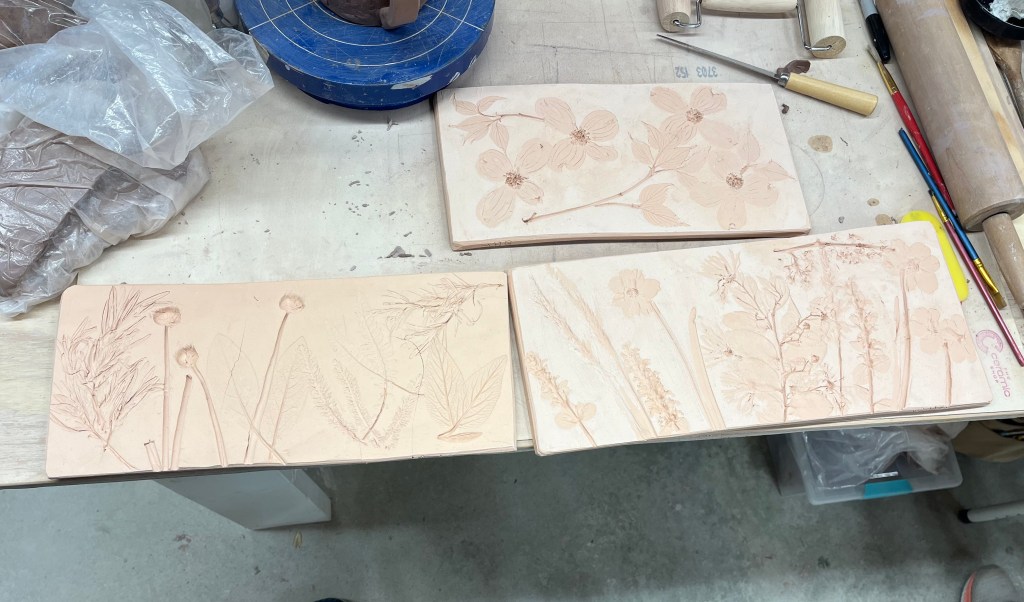
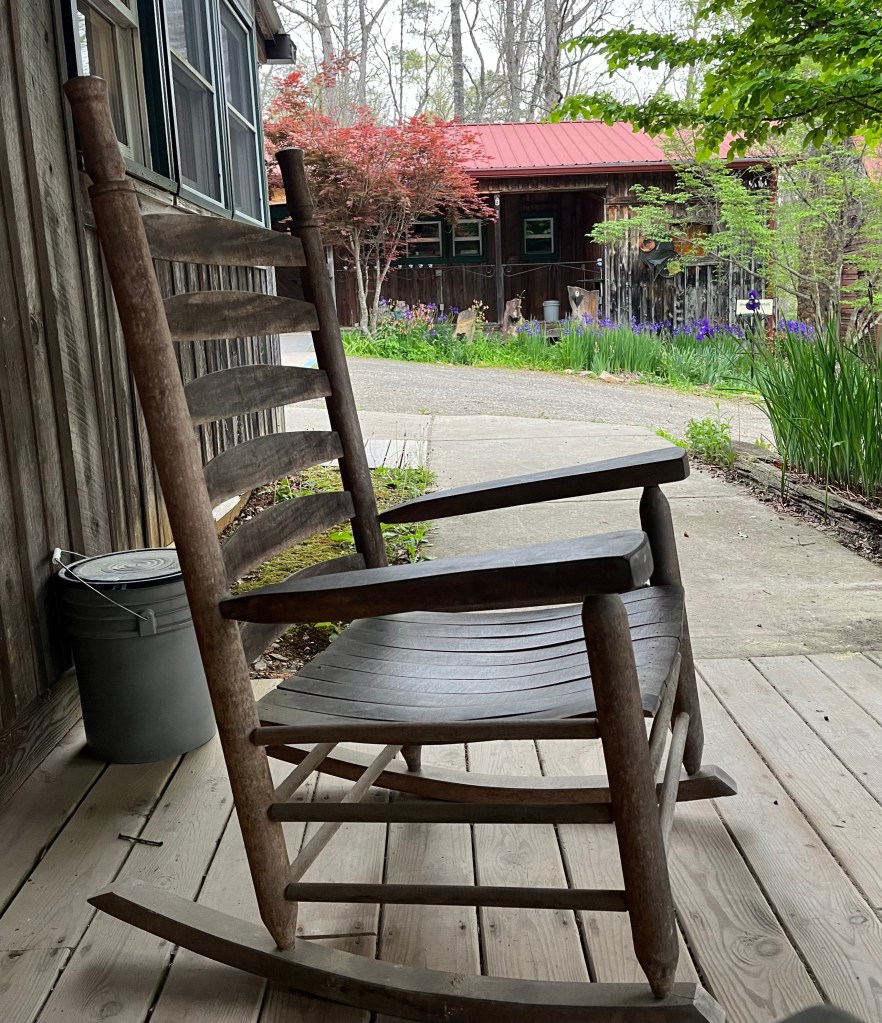

So interesting! For years I’ve heard about the Campbell folk school and hope maybe to go someday. I love anything Appalachian, Scottish or Irish. It would be great to study the ballads! – luv, mary
They have storytelling classes…and music classes…and one Irish folklore/music/dance class…and…and…and. So much to choose from. I would love to try storytelling. There are a lot of ballads she collected and I think maybe a book of them? Not sure if it is published, or just an artifact for the museum…her diary and all the ballads she collected in her travels.
how fascinating and how fun!!!!!
It was so fun!